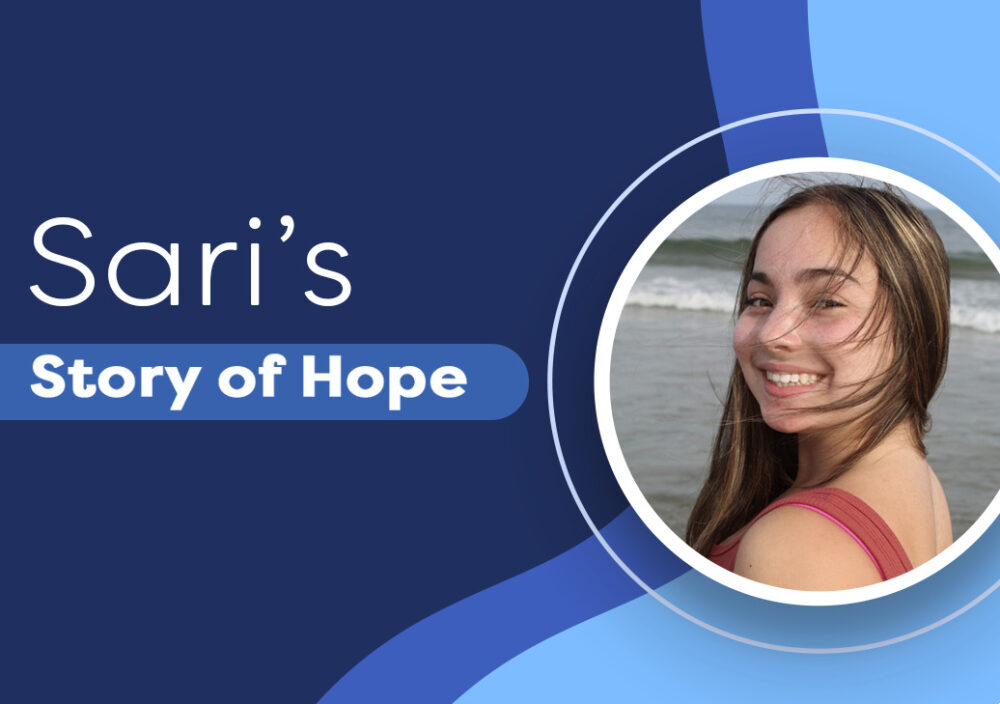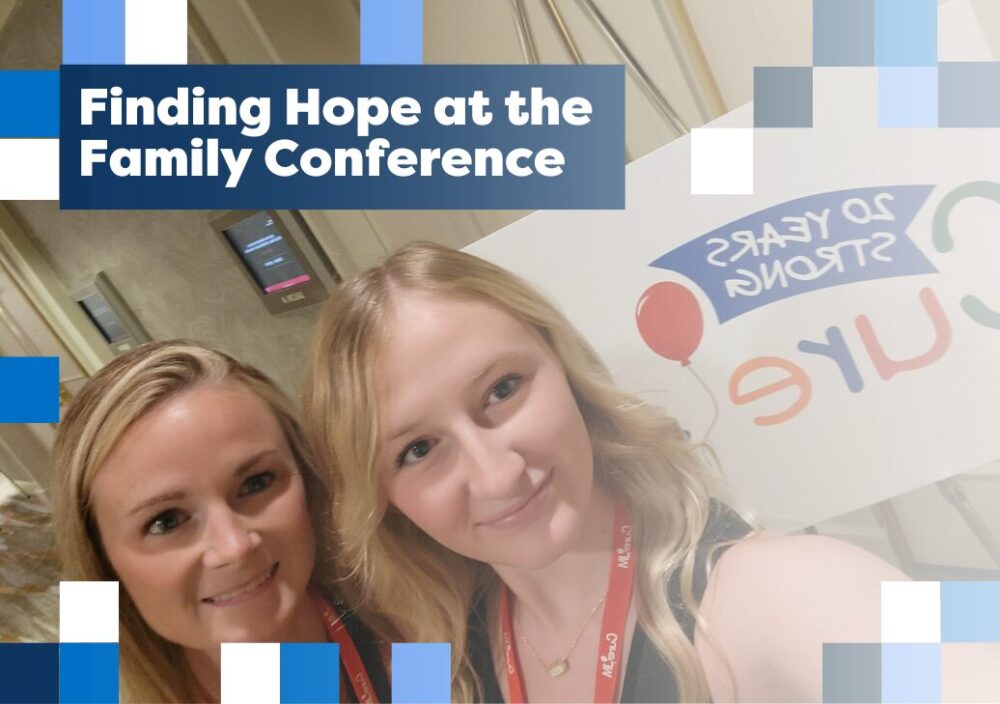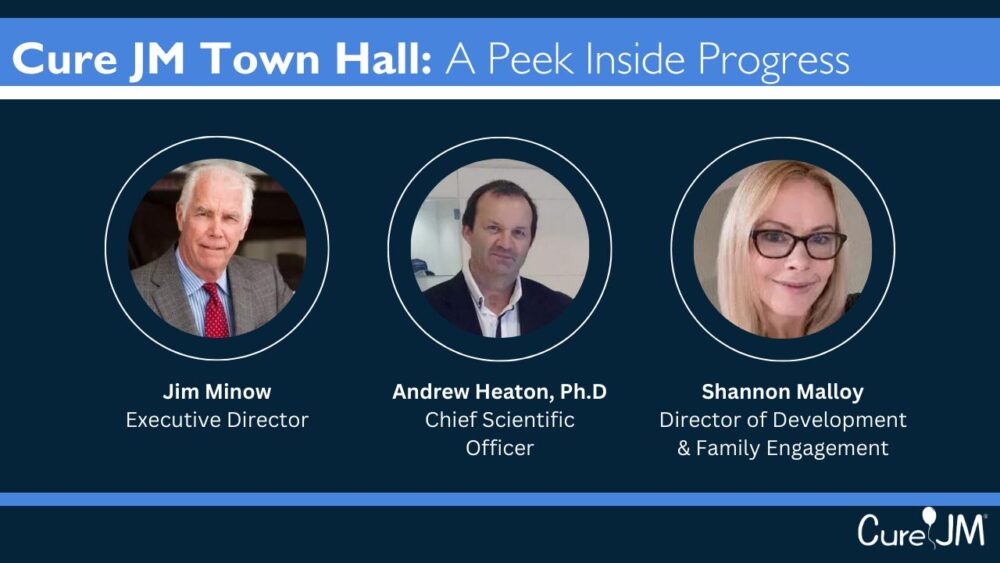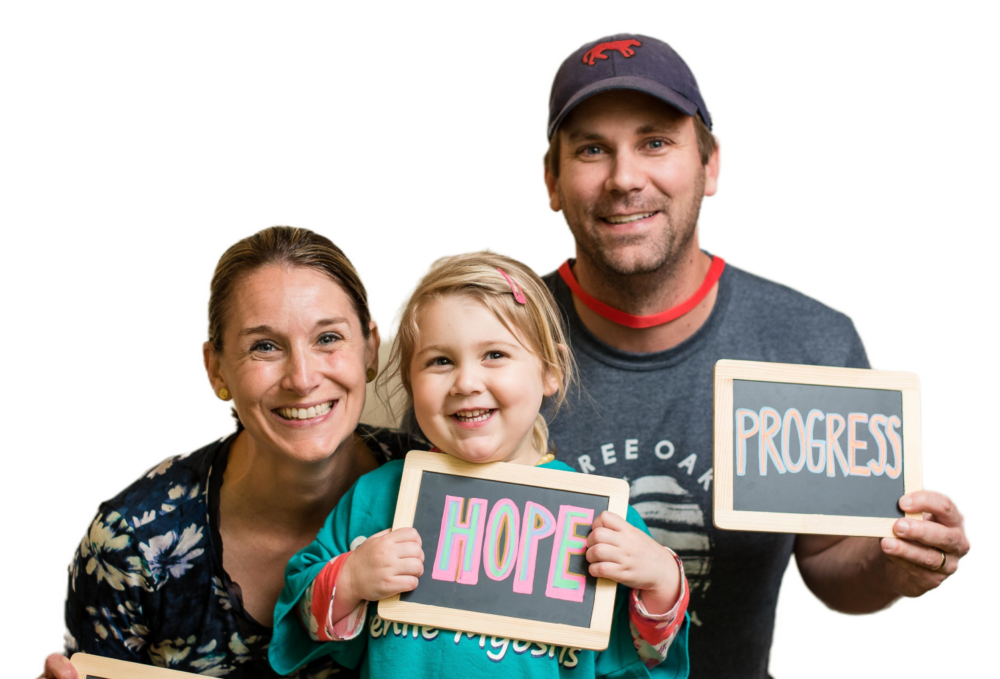Sari’s pain began in September of 2018, during gymnastics practice. It started in her shoulder. She didn’t give it much thought. But then it worsened, soon becoming constant. One night, she was on gymnastics bars continuing her work after practice. She wanted to execute a particular skill, but the pain stopped her from completing the routine. Her eyes watered. That’s when her coach realized Sari was in immense pain and needed medical attention.
“I hate giving in to pain, and didn’t want to agree to seeing a doctor, but my Mom had been notified and scheduled an appointment.”
At that visit, the doctor said nothing was wrong with Sari’s shoulder. He did ask her to sit out from gymnastics for a few weeks though. He wanted her to rest and try physical therapy to heal the pain. Disappointed but diligent, Sari followed his recommendations. When the time came for her to return to gymnastics, the pain had calmed down. But getting back to her normal practicing was not a straightforward task. In fact, it was impossible. She found herself back on bars, trying to practice muscle-memory skills she should be able to do in her sleep. Instead, her arms shook. Sari knew she wouldn’t be able to execute the maneuvers. She assumed she just needed a few more days to regain strength from the pain injury.
“But that wasn’t the case. I began to practically fall on my face as I practiced my skills on the beam because my legs would give out. I had to change the choreography in my floor routine because ‘It hurt.’ Even vault, my best event, wouldn’t come back to me.”
Meets were beginning in December. People assumed she was just fighting nerves. Sari guessed they were right, and the pressure of wanting to do well was getting to her head. Still, November came, and floor was the only event that didn’t give her issues. But when her coach brought a judge in to give notes on the team’s floor routines, even that was taken from her.
“I thought this would be a good way to calm my nerves, but as I went for the first tumbling pass in my routine, I came crashing down onto the floor.”
She tried again. She fell again. Sari and her coach resolved together that she would not compete at the upcoming practice meet or the first December meet. But by the time December rolled around and Sari was dressing to go support her teammates, she had to ask her mom’s help to put shoes on. She just couldn’t reach far enough by herself. As she had been throughout that fall season, Sari’s mom was confused and very worried.
“My parents became concerned as they noticed me grunting when I did things like brushing my hair in the mornings. It became nearly impossible for me to hold my arms up for the few seconds it took to fix my hair.”
Muscle weakness and pain wasn’t all. Sari developed a rash on her hands and elbows. She lost her appetite. Though hungry, she couldn’t eat. Her parents had to help her in and out of bed. Then came a breakthrough in an unlikely form: a cold. The cold prompted them to take her to the pediatrician.
“She of course noticed the cold for one thing, but what really struck her was the fact that I was too weak to get onto the examination table. She then noticed my rash and started testing my strength.”
The pediatrician ordered blood work and recommended they make an appointment at the hospital. Sari had never had her blood drawn before. This was all very new.
“I was more confused than worried, though. I didn’t have the slightest idea what was going on, but I just went along with it.”
At first, they couldn’t get an appointment at the hospital until the end of January. But when Sari’s blood results came back the first Monday of December, her pediatrician got involved. Sari’s appointment at the hospital would now be for the first Wednesday of December—only two days later. Soon, they were at the hospital.
“I couldn’t process any of what was going on; it all happened in the blink of an eye. All I said to myself was ‘They’re going to look at you, say you’re fine, then send you right home, possibly with some sort of medicine in the worst case.’”
Instead, the doctor suddenly called in four other doctors to also examine Sari. She couldn’t walk normally. There was a deep, constant soreness in her legs. Her arm was stuck bent. Her joints hurt. The rash was still on her skin. The doctors charted her muscle strength a 1.5 out of 5. They finally gave her the diagnosis: juvenile dermatomyositis. She was initially released to be admitted the next day, only for the hospital to immediately call them back in. Her inflammation levels had changed. They needed to start treatment immediately.
“A normal inflammation level ranges from about 30–150 more or less, depending on the person, but mine had gone from 7,000 to 10,000 in just 2 days.”
In this first hospital stay, Sari got an MRI, three rounds of IV steroids, and a pulmonary function test. But as awful as it was, she knew from the start that her battle with JDM would end in her favor. They went to the hospital every week in the following months. She’d get four more rounds of IV steroids and an IVIG treatment. The side effects were sickening. She was fatigued and felt starving. She also couldn’t pass her pulmonary function tests, and it was some time before she was able to breathe normally. When they weren’t at the hospital, her mom had to give her a shot every week. That weekly injection went on for a year and a half. There was also a plethora of daily medications she had to take, some of which she’s still on. Blood work became less frequent, however, as the fight turned from shocking battles to a war of attrition. But there was still more going on in the trenches.
“As tough as these treatments appeared to be, what was even harder was facing my new life outside of the hospital.”
The daily steroids helped bring back her appetite, and she was able to gain back the weight she had lost. However, the steroids also caused bloating in her whole body and face.
“That was hard for me to watch. When I saw my reflection, I could barely recognize myself, not because of the bloating or vanity, but because of the new reality it forced me to realize and live with 24/7. In just a few months, I felt like I had turned into an entirely new person; I had now become ‘the sick girl.’”
In the stress, she found wisdom. She began to live her life by choosing optimism each day. Joy, positivity, and smiling is the key to living life to the fullest while still in the struggle. This mental strength and focused resiliency can direct the body toward effective recovery.
“I kept a fun outlook on life as a whole and, by staying true to myself, I was able to begin physical therapy just a few months later. After a year, I was back to gymnastics.”
A sense of normalcy slowly returned, but Sari is now a changed person. Every doctor’s appointment is important. Every moment she’s aware that life is unpredictable. The journey taught her about being in the moment and keeping happy amidst confusion. It is traumatic for her to recall and relive certain memories and routines, but she is always motivated in continuing her strength.
“It’s important to know that there is always light within a dark tunnel, you just have to have the right mindset to see it.”
Crucial to Sari’s mindset was the people around her, inspiring her each day. Her family and friends supported her, and she is most grateful for their compassion and strength. It’s what helped her continue loving life. Sari has reached a new chapter in life, one of giving back to the autoimmune and JM community. She found Cure JM online when researching organizations dedicated to the disease.
“It’s crazy because this is the only organization dedicated solely to this illness I was able to find. Although it is an incredible organization with an amazing mission, I was just in shock this was the only organization I could find.”
She decided to get involved. She emailed the organization and was welcomed with opportunities to serve. Sari has represented Rhode Island in Cure JM’s Walk Strong Across America, she’s served as a Hope Hero to mentor new members on their JM journey, and she’s even been involved with launching workshops, including one for coping with illness. She’s had an amazing and filling experience helping others. She can now pass on all that she learned—like how along the way, hope was found in the little things. Her arm had been bent. One night, it was suddenly straight again. That brought her such joy. Similarly, Sari used to love cartwheels, but hadn’t been able to do them due to muscle weakness.
“Another random night, I was just alone in my room and had a feeling in my head that I could do it, so I decided to try…and I was able to do it just like normal! These were such little instances that were huge for me as it showed me how much progress I was making.”
She sustained her hope by acknowledging the wins along the way and keeping her eyes on good things ahead. A cartwheel may not be everyone’s beacon of hope, but there is always something to encourage each of us if we would only look for it. What’s great is Sari wasn’t only observing or being inwardly focused. Instead, she still supported her gymnastics teammates and coaches at practice. She still socialized and went to events with her friends. She spent time with her family at home and on get-aways. It’s those relational touchpoints that maintain a sense of normalcy during the chaos. Time with others is not Sari’s only piece of advice, however.
“For patients new to JM, I would tell them to not let this illness define you.”
There are elements of the JM journey that can detract from your quality of life, but Sari challenges patients and families to not let that happen. Treatments, side effects, and symptoms may affect your body and mind, but your spirit is your own. Patients should surround themselves with people who will foster that fighting spirit, and families should be dedicated to building their child’s positivity and growth during these trials. Sari didn’t always surround herself with friends who did that. The voices speaking into your life are influential, and the voices of a toxic friend situation challenged Sari’s mental positivity and resiliency during her intense treatments. Sari’s body changed from the meds, and once some people’s genuine intentions became clear, so did the voices speaking into her life. Still, these adjustments and the growth they brought were all in service to the goal of setting a new normal for life.
“Try to live your life as normal as possible. I still lived my life as I normally would’ve, and I think that allowed me to stay positive and continue looking on the bright side. Just because you might be disabled, you aren’t unable to live your life to the fullest, and I think that is the most important thing to remember.”
In the struggle, Sari was not alone. Not only was she supported, but Sari too was able to inspire those around her. It was her mindset of hope and hard work that drove her forward and gave light. She’s using her story to further support not just her immediate loved ones, but now the greater Cure JM and autoimmune community as well. Sari’s story is not just a story of hope, but it’s also a story of a heroic perspective’s power to inspire.




